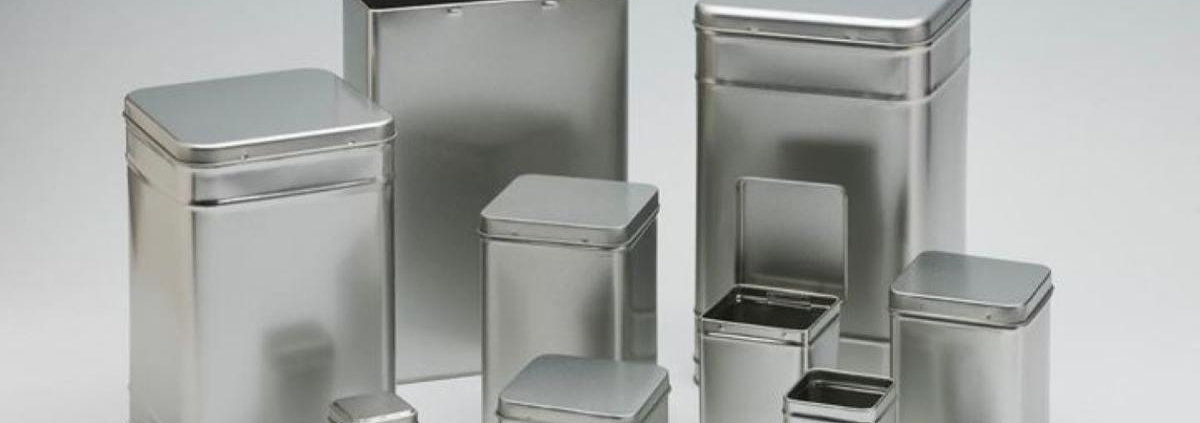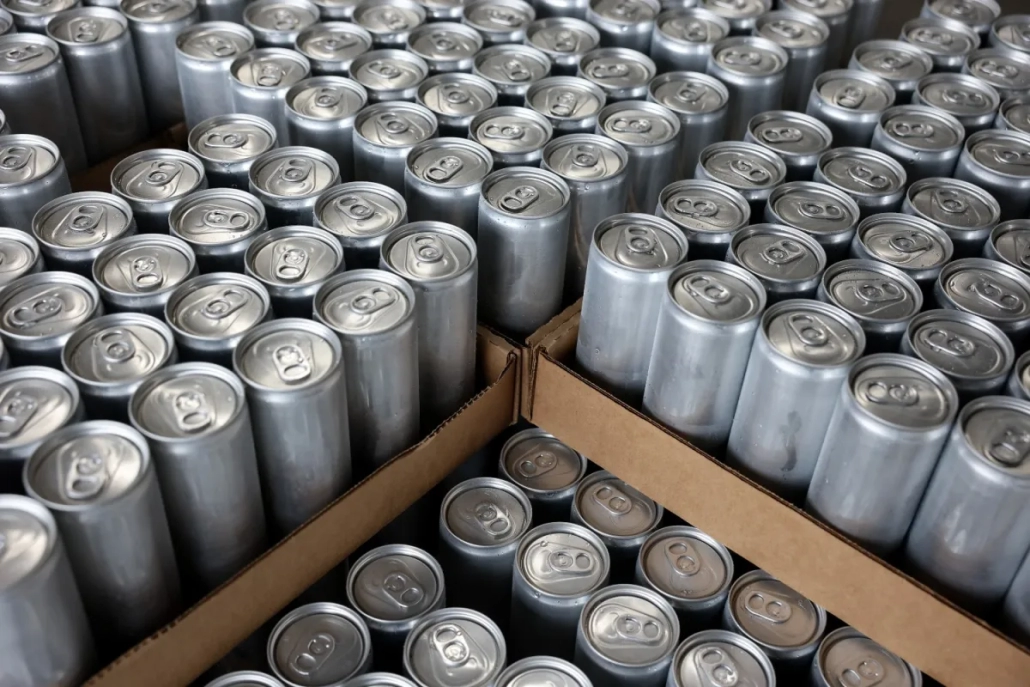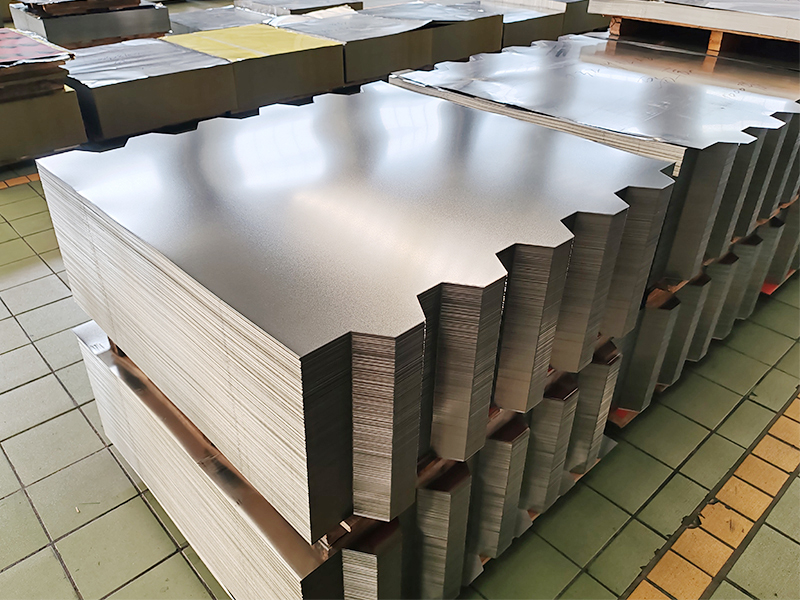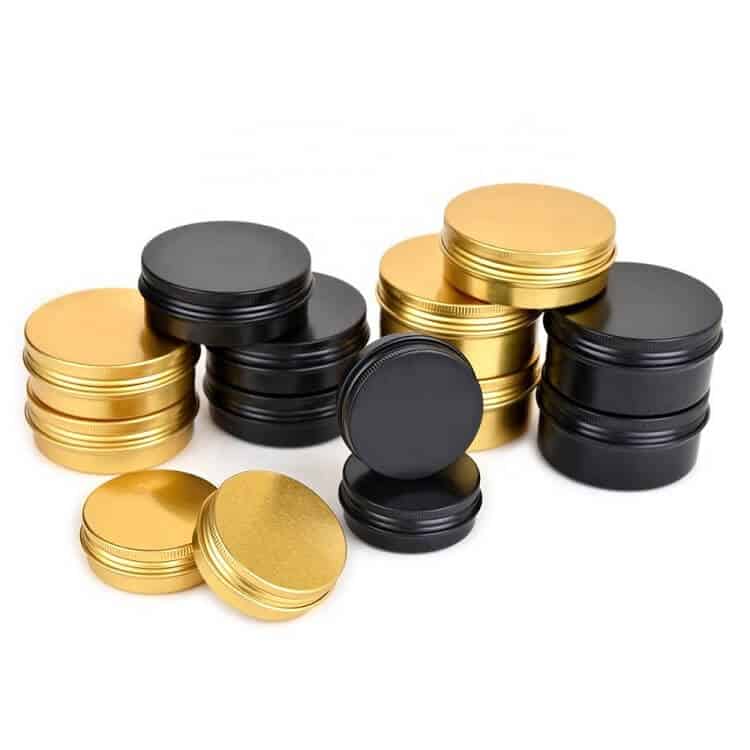What is the cost impact of one-piece vs. multi-part molds for custom tin cans?
For brands looking to expand their custom can orders, as well as manufacturers purchasing in bulk, the choice between a one-piece mold and a multi-part mold is a key cost driver to consider. Industry data from various mass-customized can suppliers indicates that this decision significantly impacts the total cost of custom tin cans over the medium and long term. In a market where consumer product margins are typically low, a mismatch between mold type and demand can erode profits. At the same time, a strategic choice can free up resources for product innovation or quality improvements.
The Cost of One-Piece vs. Multi-Part Molds for Custom Tin Cans
When ordering custom tin cans, the first cost hurdle is mold development, and the upfront investment required for the two mold types varies significantly. One-piece molds have a higher initial cost because they form the entire custom can—the body, base, and often the lid—in a single press. This integrated design requires precise manufacturing to avoid defects such as uneven walls or structural weaknesses, which increases development costs. In contrast, multi-part molds divide production into separate steps: one mold for the body, another for the base, and a third for the lid. This segmented approach simplifies engineering design, thereby reducing upfront expenses.
For small-batch custom tin can orders, the lower initial investment of a multi-part mold often makes it a more palatable option. However, suppliers of mass-customized tin cans emphasize that businesses should not evaluate upfront costs in isolation. For brands with consistently large order volumes and strong demand, the long-term cost savings from faster production or reduced waste with a one-piece mold can ultimately offset its higher initial cost.
Production Efficiency and Labor Costs for Mass-Custom Tin Cans
Once manufacturers develop the mold, production efficiency and labor costs become key factors in the total cost of a custom tin can. A one-piece mold offers a clear advantage in this regard. It produces a complete custom tin can in a single step, eliminating the need to assemble separate components. This simplifies the production line, reducing the time and labor required to assemble the can body. Multi-part molds, on the other hand, require additional steps to sew the base to the body and attach the lid, either manually or through automated assembly. These extra steps increase production time and labor, thereby increasing overall costs.
Furthermore, a one-piece mold reduces the risk of assembly errors, such as misaligned seams that could cause leaks or structural issues, thereby minimizing the need for rework. As a custom can supplier, we understand that multi-part molds are more prone to assembly-related defects, while one-piece designs have a significantly lower defect rate. For brands ordering custom cans in bulk, the saved production time and reduced rework result in significant cost savings across the entire order.
Material Waste and Cost Efficiency
Material waste is a hidden cost driver for custom tins, and the type of mold directly impacts the amount of unused metal. One-piece molds use a single sheet of tinplate to form the entire can, minimizing the need for cutting and reducing scrap. This efficient material utilization lowers the overall raw material cost associated with production. However, multi-part molds require a separate sheet of tinplate for each component (can, body, base, and lid). The cutting pattern for each component generates additional scrap, resulting in higher material waste. Therefore, one-piece molds consistently offer better material efficiency because their integrated design eliminates the additional waste associated with cutting and forming individual components. For brands prioritizing sustainability, reducing waste also aligns with environmental goals, enhances brand reputation, and reduces costs.
Balancing Order Volume and Cost
When choosing between a one-piece mold and a multi-part mold for custom tin cans, the most crucial factor is order volume, as it determines when the upfront investment translates into long-term cost savings. For small-volume custom can orders, multi-part molds are generally more cost-effective. Their lower initial investment offsets the higher unit cost due to additional labor and material waste. However, for larger orders, the advantages of a one-piece mold become more pronounced. This is because the higher upfront cost of a one-piece mold is offset by lower unit costs: faster production speeds reduce labor costs, greater material efficiency reduces raw material expenses, and lower defect rates minimize rework.
Long-term Mold Maintenance and Durability Costs
Mold costs aren’t limited to initial development; maintenance and durability play a key role in the long-term expenses of custom can production. One-piece molds have fewer components than multi-part molds because they don’t require separate tooling for each can part. This simplicity means that one-piece molds require less frequent maintenance, as fewer parts necessitate cleaning, calibration, or replacement over time. Furthermore, multi-part molds require more frequent maintenance due to their numerous components and assembly-related stress points.
Each separate mold for the can body, base, and lid requires individual maintenance, and assembly wear and tear can shorten its lifespan. However, one-piece molds tend to be more durable and last longer over repeated production cycles than multi-part molds. This durability reduces the need for mold replacement, a significant long-term cost. For brands that place continuous custom can orders over many years, the lower maintenance and replacement costs of one-piece molds can result in significant savings.
Balancing Mold Selection
The cost implications of one-piece versus multi-part molds for custom tin cans require balancing the initial investment, production efficiency, material waste, and long-term maintenance with your specific needs. Small brands or those with infrequent, low-volume orders may find multi-part molds more cost-effective. Large brands or those with continuous, high-volume custom tin can orders will benefit from one-piece molds because the lower labor, material, and maintenance costs over time can offset the higher initial investment.





 Facebook
Facebook Twitter
Twitter Linkedin
Linkedin
